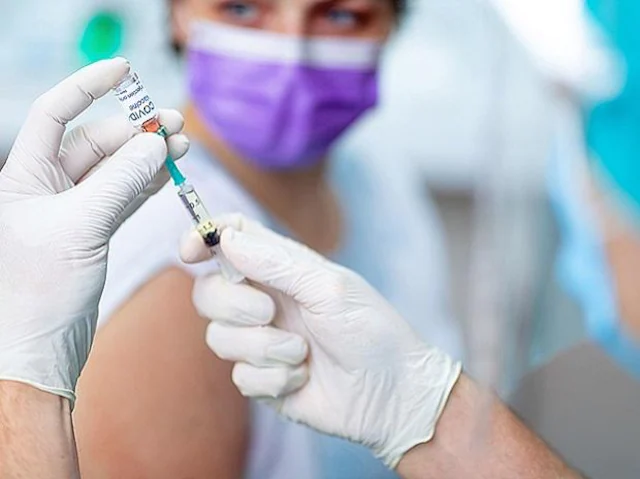The mystery surrounding the origin of coronavirus, supposed to have either leaked from a laboratory in China’s Wuhan or from sea food sold in the markets there, is yet to be unravelled due to China’s persistent denial and noncooperation. Now, it is China again that has sparked fears about a fresh spike of CoVID-19 at a time when the world believed the pandemic was almost over. In fact, the latest surge in China takes place when in many places life appeared to be going back to pre CoVID normality in 2022 with countries scrapping pandemic-control measures. Governments across the globe ended lockdowns, reopened schools and relaxed or abandoned mask-wearing mandates. Likewise, international travel too had resumed as before.
People seemed to have come to terms with CoVID-19 in such a way that Danish Prime Minister Mette Frederiksen declared months back that SARS CoV-2 no longer posed a threat to society. In September, US President Joe Biden remarked the pandemic was over. Even the Director-General of World Health Organisation (WHO) Tedros Adhanom Ghebreyesus, recently expressed hope that CoVID’s designation as a global emergency will end in 2023. Alas, all prophesies seem to be failing.
Recent reports from China about fresh spurts in CoVID cases have shaken the confidence of the world in living with the dreaded disease. China is one of the last countries to ease pandemic-control measures in the face of the fast-spreading Omicron variant. Statistics provided by China have always been taken with a grain of salt since mendacity has been a trait of autocratic rule in China. Neither the Chinese government nor the Communist Party of China is known for transparency. The truth could be that China might have seen widespread transmission even before President Xi Jinping dropped the zero-CoVID policy during this current month in the wake of widespread protests against the ruthless implementation of his policy. Even scary scenarios are being predicted such as the prospect of about 1 million deaths in China over the next year, widespread absence of employees from workplaces and disruptions to the Chinese and global economy.
Before China is made to answer for pushing the world to the brink of CoVID disaster once again, facts need to be examined carefully. Most people in China are immunologically vulnerable to Omicron, the dominant strain now raging across countries. They have had no exposure to any SARS-CoV-2 variant. Even if they are vaccinated, they have received vaccines only against the virus’ original strain. Even more waves of infections and deaths are likely to follow, caused by either new variants or by those contracted from outsiders with the country opening its borders to visitors.
There are further worries. CoVID-19 vaccination rates have stalled in many nations. In some, the record of administering the booster doses has been dismal, even though these doses substantially reduce death and severe illness.
Efforts to supplement existing vaccines are underway, but success continues to elude scientists. For example, successful development of mucosal vaccines is still under process although some countries, like India, claim to have achieved it. These are to be delivered through the nose or mouth. China has approved an inhalable booster dose and a nasal vaccine and India a two-dose nasal-drop primary vaccine. Iran and Russia have also each approved a mucosal vaccine. But researchers are awaiting data to check whether any of these deliver on their promise of stopping SARS-CoV-2.
Now that the threat of return of the pandemic with all its fury appears to be real, vaccination efforts must be redoubled, especially in lower-income nations. The experience is more often than not vaccines for low- and middle-income countries (LMICs) were delivered sporadically and in many cases close to their expiry date. This only compounded matters. The result is that only one-quarter of people in low-income countries have received at least one dose of a coronavirus vaccine.
There is no doubt a sort of CoVID complacency had gripped the world as the caseloads dropped considerably. This led to lowering the guard. Not only did masks virtually disappear and other CoVID protocols thrown to the wind, health-care systems to fight the pandemic also suffered neglect from government agencies. Vaccination must be continued, especially for lower-income groups, many of whom have not received double doses, not to speak of the boosters. Winning half the battle is not enough. The pandemic devil, it now seems, needs to be fought for a long time to come.
